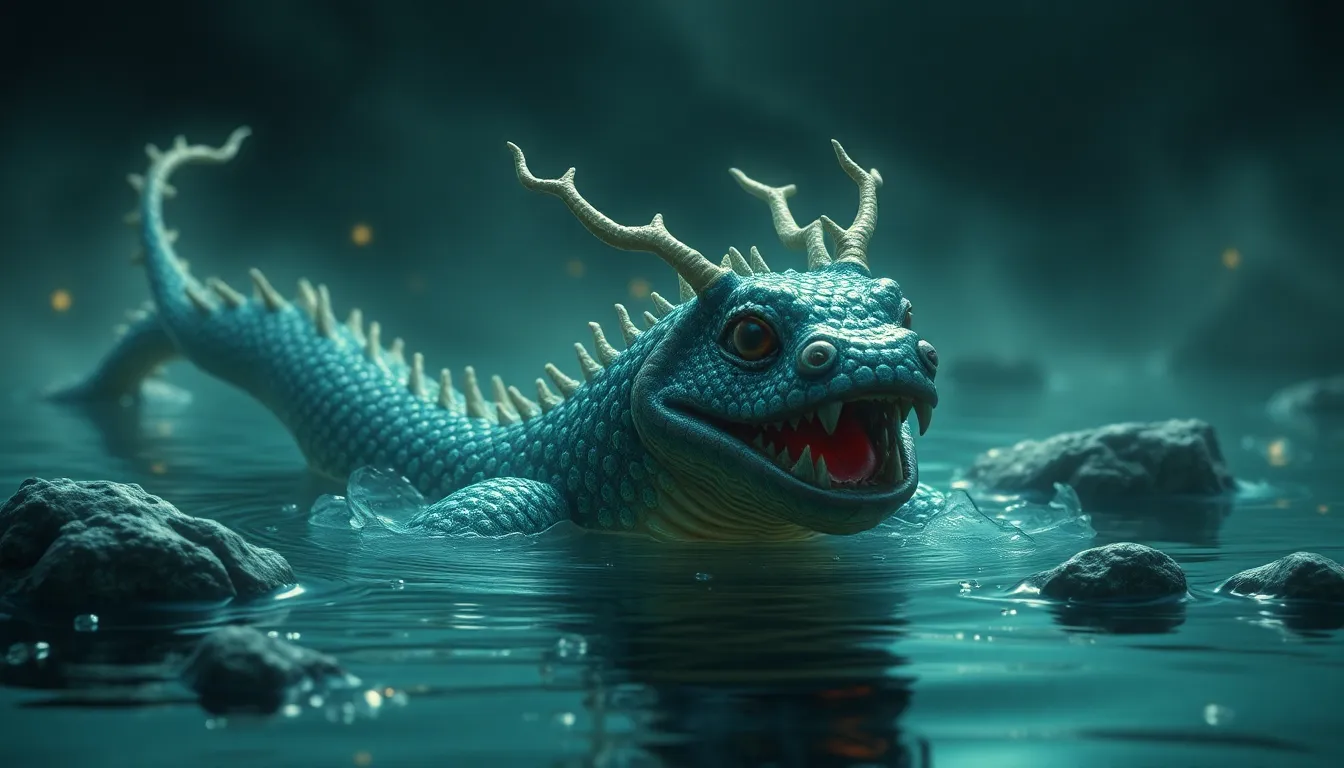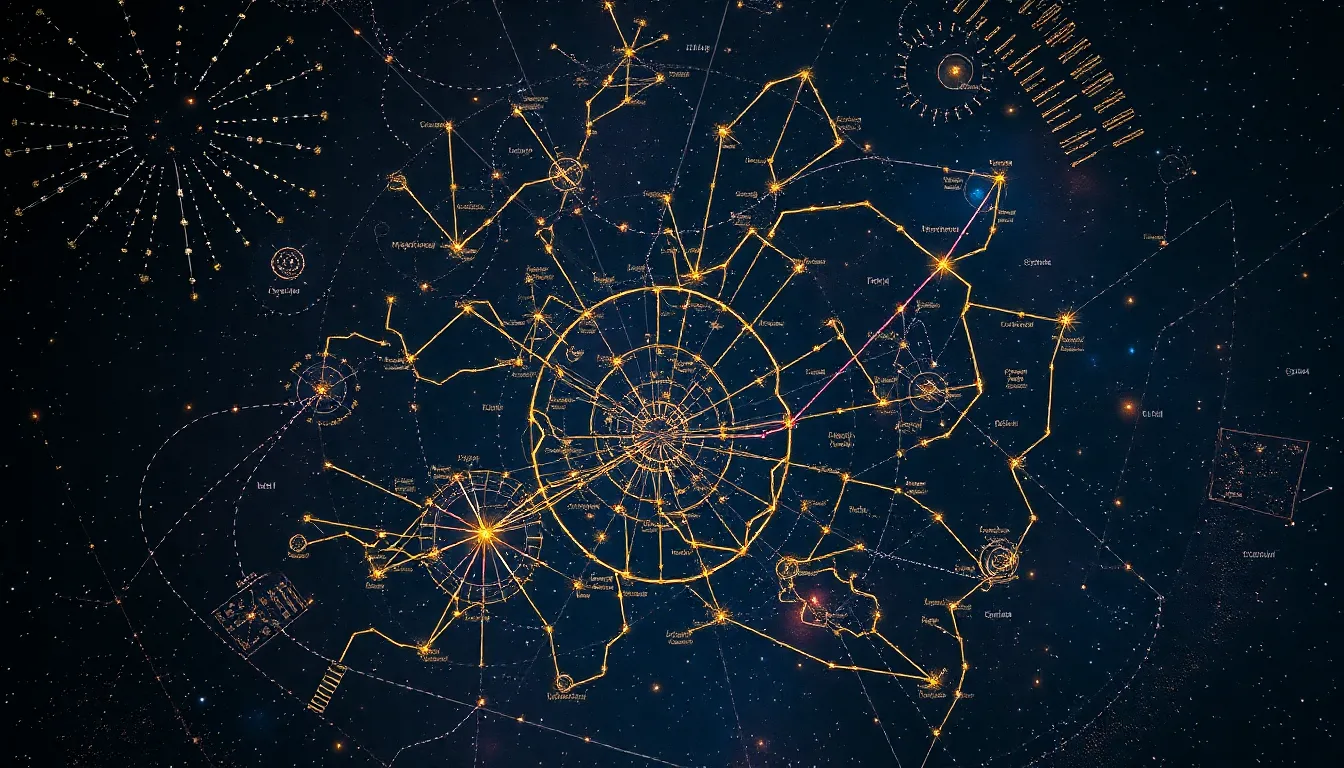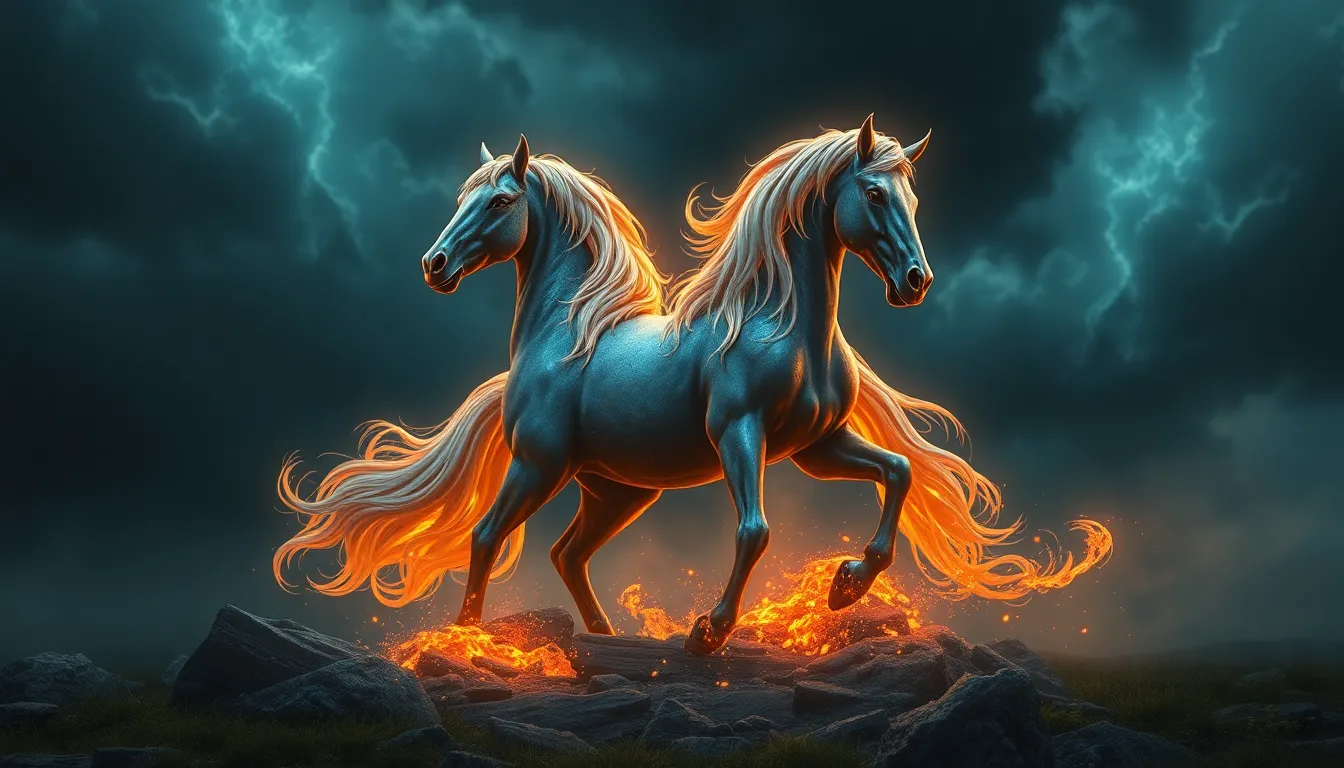1. Introduction:
The ancient Maya civilization, renowned for its advanced mathematics, astronomy, and artistic achievements, held a profound reverence for the natural world. They believed that the Earth and its diverse inhabitants were interconnected and animated by sacred forces. Within their intricate mythology, animals played a pivotal role as guardians and protectors of the natural world, embodying powerful symbolism and representing the complex relationship between humanity and the environment.
2. The Importance of Animals in Maya Mythology:
In Maya cosmology, animals were not simply creatures but rather embodied spirits with unique abilities and connections to the gods. They served as intermediaries between the physical and spiritual realms, guiding humans in their understanding of the universe and their place within it. Jaguars, for instance, were associated with the night, the underworld, and powerful rulership. Birds symbolized freedom, communication with the gods, and the celestial realm.
3. The Four Bacabs:
The four Bacabs were powerful deities who held up the sky, each represented by a specific animal: the jaguar in the east, the human figure in the north, the eagle in the west, and the monkey or crocodile in the south. These Bacabs not only held up the physical sky but also symbolized the four cardinal directions, the cyclical nature of time, and the balance between different forces in the universe.
4. The Nine Lords of the Night:
The nine Lords of the Night were fearsome deities associated with the underworld and nocturnal animals, such as owls, bats, and scorpions. Each Lord governed a specific day or period of the night and was believed to influence human affairs, particularly dreams and nightmares. Despite their association with darkness, they also embodied the transformative and regenerative powers of the night.
5. Animal Transformation and Shapeshifting:
The concept of animal transformation and shapeshifting was central to Maya mythology. Shamans and deities were believed to possess the ability to transform into animals, blurring the boundaries between human and animal realms. This ability symbolized the interconnectedness of all beings and the potential for humans to tap into the powers and knowledge of the animal world.
Conclusion:
Mayan mythology offers a rich tapestry of animal symbolism, reflecting the deep respect and awe that the Maya held for the natural world. From the jaguar guardians of the underworld to the bird messengers of the gods, animals played vital roles in shaping Maya cosmology, art, and daily life. Understanding these connections provides valuable insights into the complex relationship between human beings and the environment that continues to shape our world today.
6. The Hero Twins and Animal Companions:
The Maya Hero Twins, Hunahpu and Xbalanque, were adventurous demigods who played a significant role in Maya mythology. Their mythical journeys were often accompanied by animal companions who served as guides, protectors, and sources of power. Hunahpu, the elder twin, was associated with the spider monkey, known for its agility and cleverness. Xbalanque, the younger twin, was linked to the jaguar, symbolizing strength and courage. These animal companions reflected the twins' own abilities and helped them overcome challenges in their quest to defeat the Lords of Xibalba, the underworld.
7. The Animal Symbolism in Maya Art and Architecture:
Animal imagery played a prominent role in Maya art and architecture, reflecting their deep connection to the natural world. Jaguars, eagles, snakes, and monkeys were frequently depicted in sculptures, murals, and ceramic vessels. Jaguars, often adorned with elaborate headdresses and jewelry, represented power, rulership, and the underworld. Eagles symbolized the celestial realm, freedom, and the ability to communicate with the gods. Snakes embodied fertility, transformation, and the cyclical nature of life and death. Monkeys, revered for their intelligence and mischievous nature, were often associated with playfulness and the ability to bridge the human and animal realms.
8. The Animal Sacrifice and Rituals:
Animal sacrifice was a significant aspect of Maya rituals and offerings to the gods. Animals, such as deer, turkeys, and dogs, were believed to carry messages to the gods and appease their wrath. The type of animal sacrificed often corresponded to the specific deity being invoked. Jaguars, for instance, were offered to the sun god, while deer were associated with the maize god. Bloodletting rituals, often involving the sacrifice of animals, were also practiced to ensure the flow of cosmic energy and the continued cycle of life and death.
9. The Conservation and Environmental Stewardship:
The Maya's reverence for animals extended to their practices of conservation and environmental stewardship. They understood the delicate balance between humanity and nature and strived to live in harmony with their surroundings. They developed sustainable agricultural techniques, protected sacred groves and forests, and respected the habitats of various animal species. Their deep connection to the natural world influenced their worldview and left a lasting legacy of environmental awareness.
10. The Legacy of Mayan Animal Mythology:
The animal mythology of the Maya continues to fascinate and inspire modern audiences, offering valuable insights into their cosmology, values, and relationship with the natural world. The symbolism and stories associated with these animals resonate across cultures and time, reminding us of the interconnectedness of all living beings and the importance of respecting the environment. By understanding the Maya's reverence for animals, we can gain a deeper appreciation for the rich biodiversity of our planet and the vital role it plays in sustaining life.
FAQ:
1. What was the significance of animals in Maya mythology?
Animals played a crucial role in Maya mythology as guardians, protectors, and symbols of the natural world. They were believed to possess unique abilities, represent different deities, and embody important concepts like power, transformation, and the balance of the universe.
2. Who were the four Bacabs, and what animals did they represent?
The four Bacabs were powerful deities who held up the sky, each represented by a specific animal: the jaguar in the east, the human figure in the north, the eagle in the west, and the monkey or crocodile in the south. These animals symbolized the four cardinal directions, the cyclical nature of time, and the balance between different forces in the universe.
3. What were the nine Lords of the Night associated with?
The nine Lords of the Night were fearsome deities associated with the underworld and nocturnal animals, such as owls, bats, and scorpions. They governed specific days or periods of the night, influenced human affairs, and embodied the transformative and regenerative powers of the night.
4. What is the significance of animal transformation in Maya mythology?
Animal transformation and shapeshifting symbolized the interconnectedness of all beings and the potential for humans to tap into the powers and knowledge of the animal world. Shamans and deities were believed to possess this ability, blurring the boundaries between the human and animal realms.
5. How did the Maya demonstrate their reverence for animals?
The Maya expressed their respect for animals through various practices, including animal sacrifice, rituals, and sustainable agricultural techniques. They understood the delicate balance between humanity and nature and strived to live in harmony with their surroundings.



